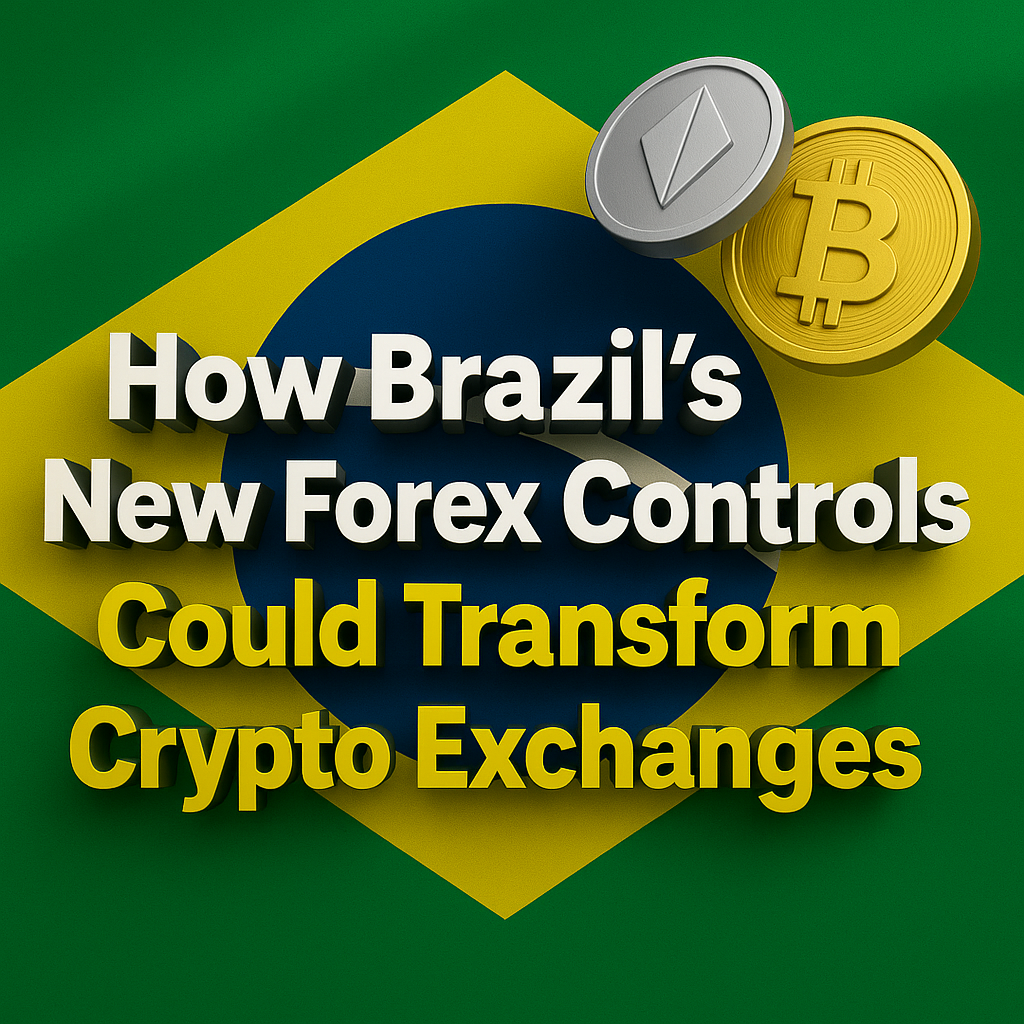The Central Bank’s New Brazilian Forex Rules Could Impact Crypto Exchanges in ways that extend beyond traditional currency trading. Brazil, a leader in Latin America’s digital finance scene, is introducing regulations aimed at bringing oversight to its electronic foreign exchange (eFX) sector. While these rules target fiat transactions, their ripple effects could significantly alter how crypto platforms operate in the country.
What the New Rules Propose
Stricter Oversight of eFX Platforms
For the first time, all forex providers would be required to obtain an official license to operate. They would also need to report detailed transaction data and ensure deposits and withdrawals pass through approved financial institutions. This framework is designed to reduce fraud, strengthen oversight, and build transparency in Brazil’s forex market.
$10,000 Transaction Cap
Another major proposal is a cap on single forex transactions at around $10,000. While the measure aims to prevent money laundering and unchecked capital flight, it could complicate cross-border payments handled by crypto exchanges. For investors who regularly move larger amounts, this cap may introduce delays and added costs.
Transparent Cost Structures
To protect consumers, providers must clearly disclose the total cost of transactions, including spreads and hidden charges. For crypto exchanges acting as hybrid forex platforms, this would likely require redesigning user interfaces to show real costs upfront.
How Crypto Exchanges Could Be Affected
Indirect Impact on Fiat Conversion
Crypto platforms often enable customers to buy, sell, or withdraw using multiple fiat currencies. If the central bank enforces these rules, exchanges would need to treat such transactions as eFX services, forcing them to comply with stricter requirements.
Restrictions on Cross-Border Transfers
Large transfers may face hurdles due to the transaction cap. Traders and businesses might be forced to break transfers into smaller amounts, slowing down international flows and increasing operational friction.
Rising Compliance Costs
Meeting the new obligations would not be cheap. Exchanges may need to create Brazil-specific compliance teams, adapt systems for reporting, and implement new transaction monitoring tools. While global platforms may absorb these costs, smaller local players could struggle to remain competitive.
Why This Matters for Brazil’s Crypto Market
Brazil has one of the fastest-growing crypto user bases in Latin America, with millions using stablecoins and digital assets to counter inflation. If the Central Bank’s New Brazilian Forex Rules Could Impact Crypto Exchanges as expected, they could slow adoption and make fiat-to-crypto pathways more complex.
At the same time, these moves reflect Brazil’s ambition to position itself as a responsible financial hub. By regulating both forex and crypto sectors, the country could strengthen investor confidence, though at the cost of higher barriers for entry.
Final Thoughts
The Central Bank’s New Brazilian Forex Rules Could Impact Crypto Exchanges in ways that reshape digital finance in the region. With transaction caps, transparency mandates, and licensing requirements, the rules aim to stabilize the forex sector but could also introduce new challenges for crypto platforms.
As the consultation period remains open until November 2, 2025, exchanges and stakeholders still have a chance to shape the outcome. Those that adapt early by enhancing compliance and restructuring their operations will be best positioned to continue thriving in Brazil’s evolving financial landscape.



